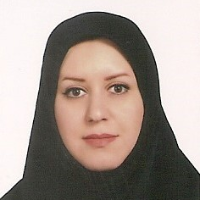Features of Identity in Translational and Non-Translational Children’s Literature
The purpose of the current study was to identify features of national identity in translational and non-translational children’s literature and analyze the contribution of these texts to identity formation of Iranian children. For the purpose of this study, 16 translational and non-translational realistic young adult novels, 8 translational and 8 non-translational, that were published in Iran were scrutinized thoroughly to extract instances of national identity. The instances were extracted based on ethnic-civic categorization of national identity features which is a combination of two taxonomies of the civic and ethnic features of national identity provided by Smith (1991). The extracted instances were carefully analyzed and compared to reach a conclusion. The results of the study revealed that Iranian children’s exposure to features of non-Iranian national identity is twice the number of their exposure to features of Iranian national identity. Furthermore, only some of the aspects of national identity are introduced to children through novels. In fact, the low frequency of some elements of national identity, including economic, ideological, political and legal features, shows that the more complicated aspects of national identity are marginalized in these texts. The study showed that young adult novels have modest contribution to Iranian children’s national consciousness.
-
The Impact of Translating English Haiku on the Emergence of Haiku in Persian Literature
*, Meead Jahantigh
Interdisciplinary Studies on Literature, Arts and Humanities, -
Translation and Hybridity in Scenes and Frames Semantics
Parviz Birjandi,
Iranian Journal of Applied Language Studies, Summer and Autumn 2015


